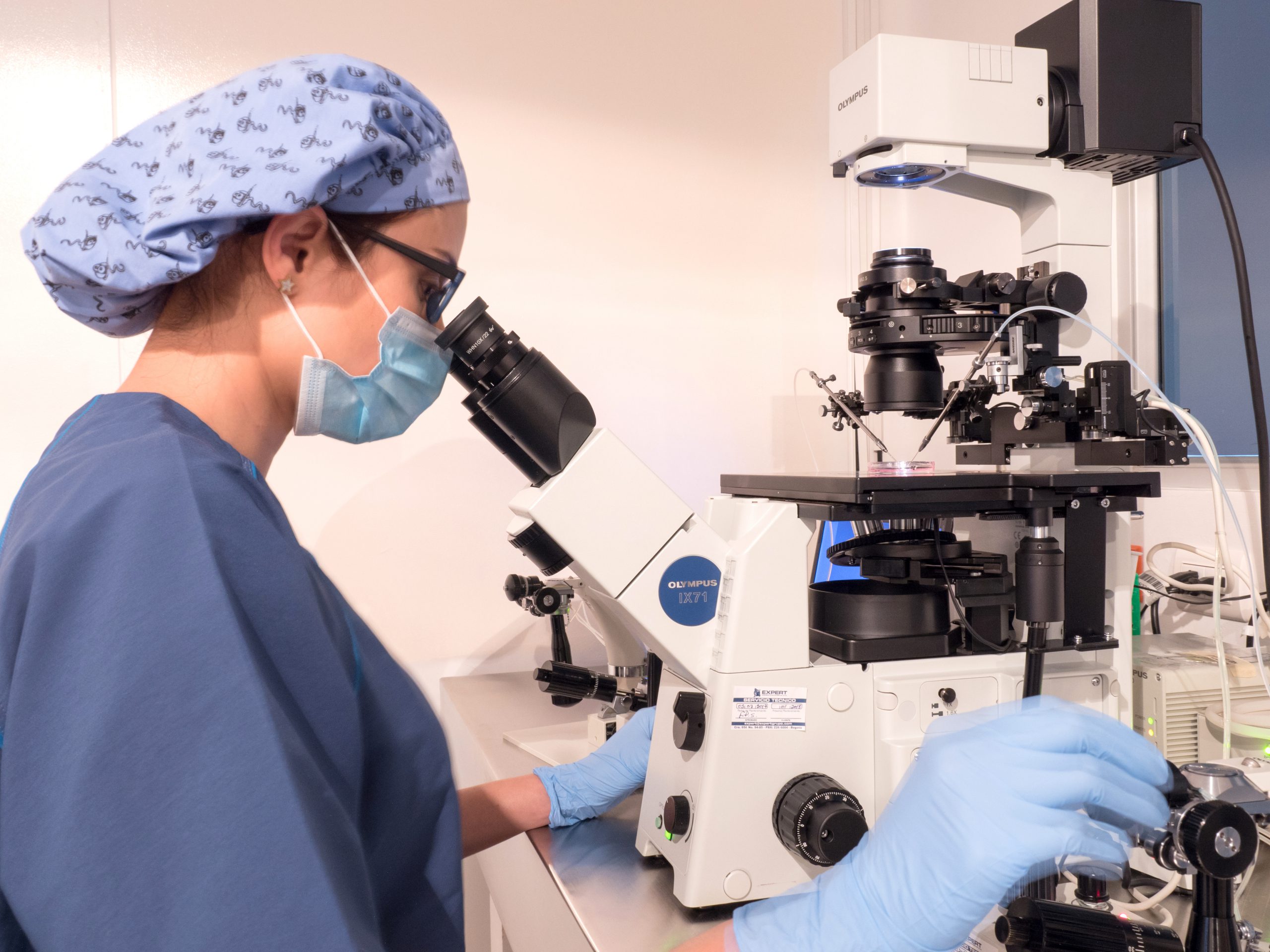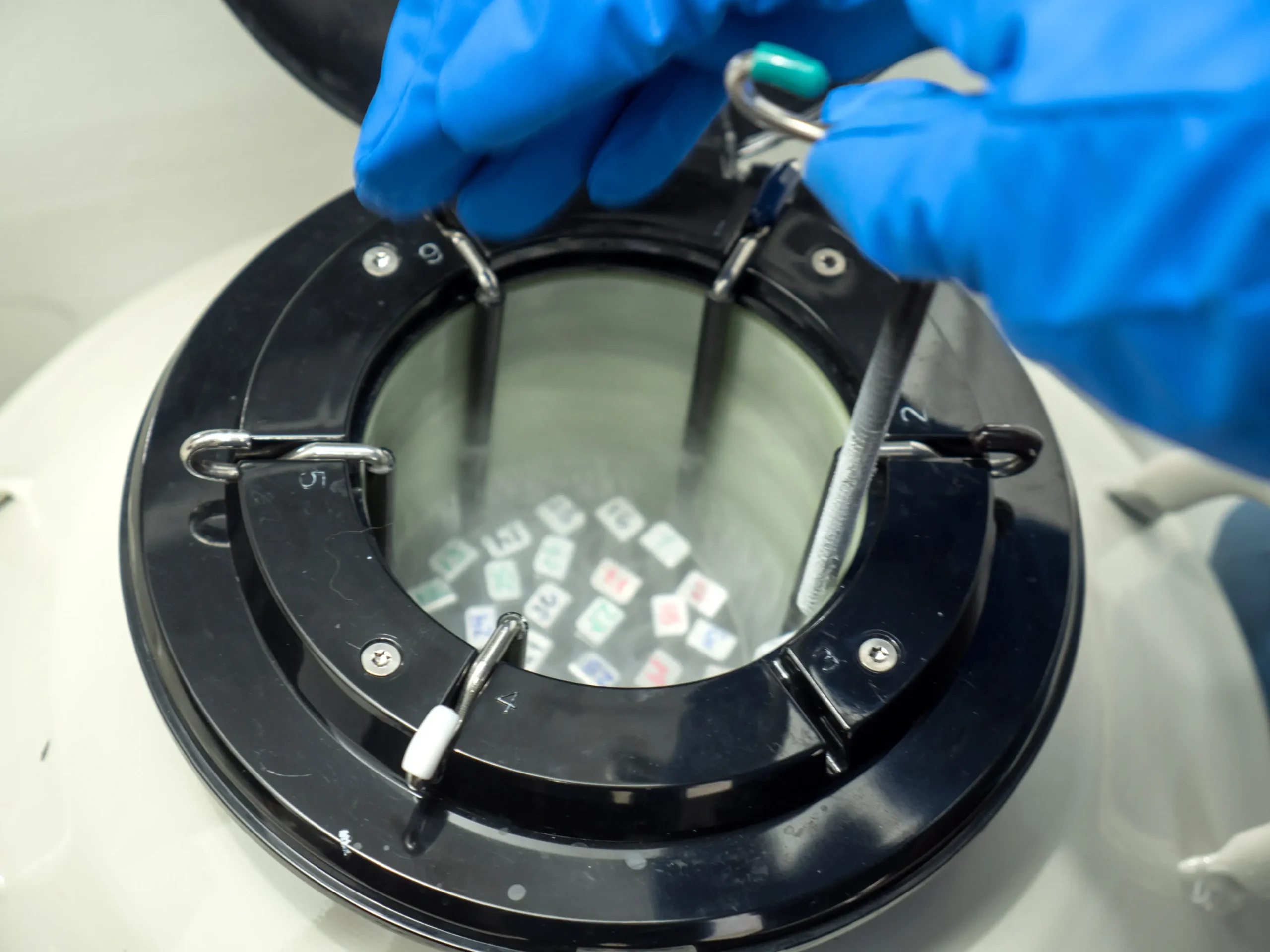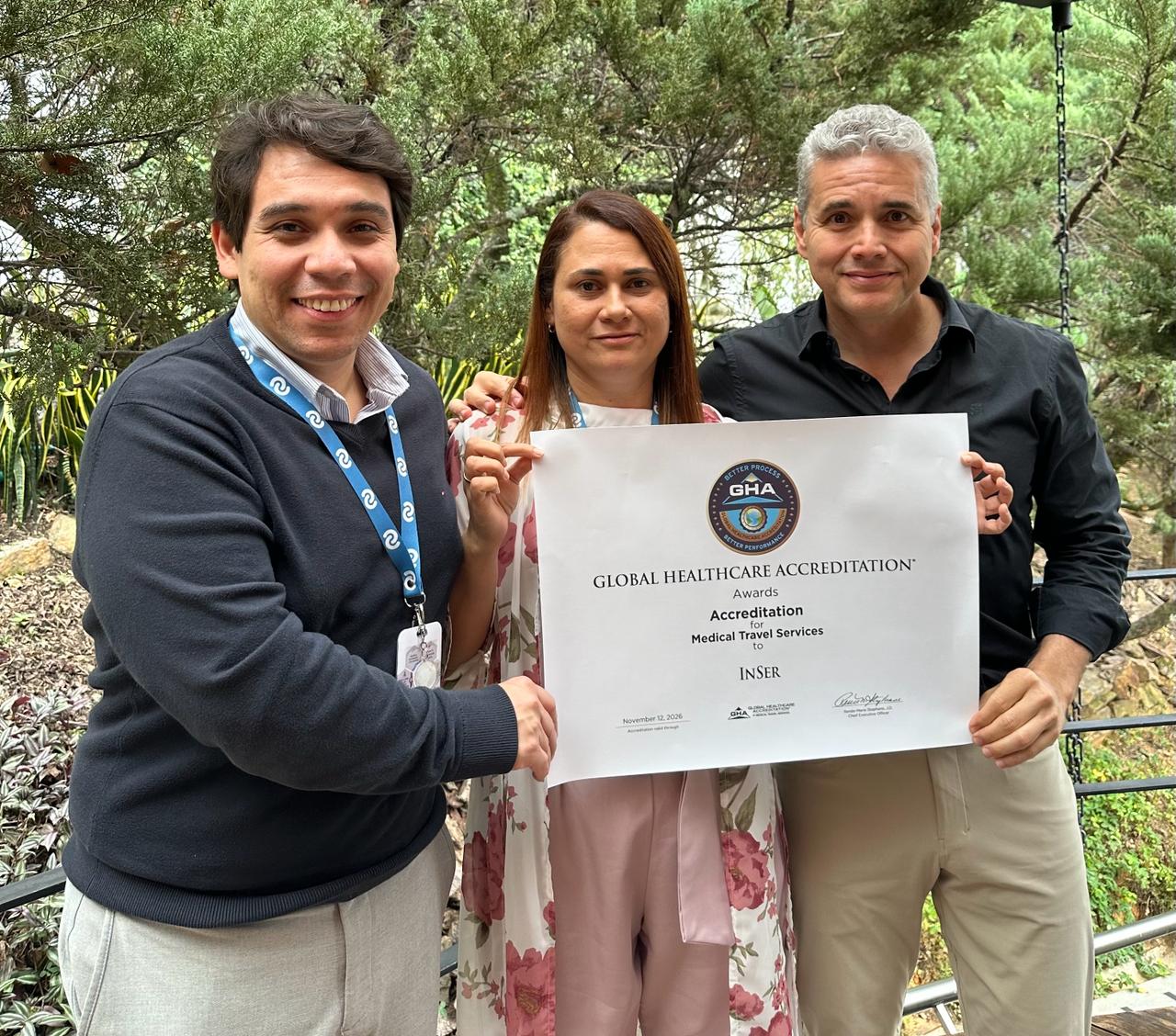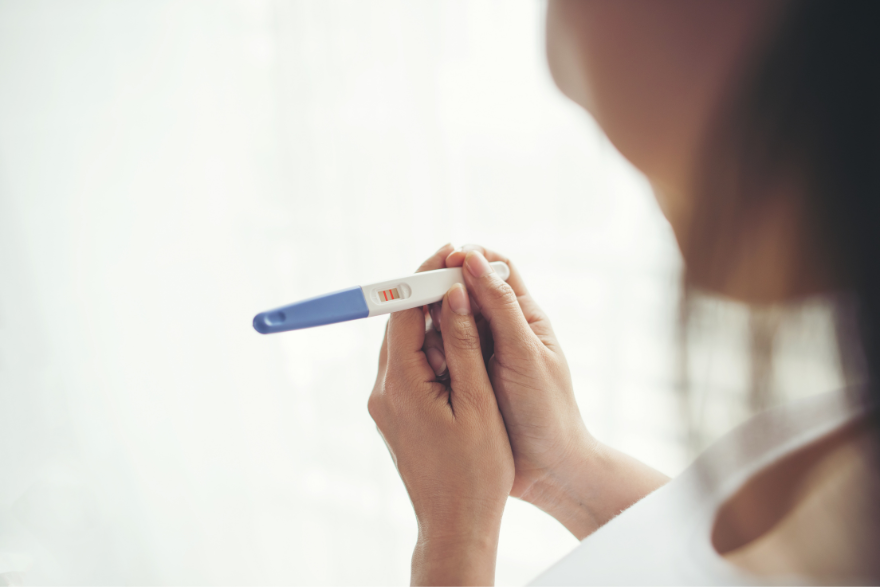When discussing in Vitro laboratories, many concerns arise regarding what doctors do there and why they are crucial in fertility processes.
The place where “magic happens,” as these spaces are known, are destined to create life through science, faith, and love, making them the cradle of babies fertilized through reproduction techniques.
Although there are many procedures and techniques that are carefully applied within an assisted reproduction laboratory, the most significant component that INSER gives is the magic touch of love and faith that each member of the team puts into their work and in each treatment to help make the dream of having a child come true for each family that trusts in our work.
SCIENCE + FAITH + LOVE = MIRACLES THAT ARE BORN FROM THE HEART









